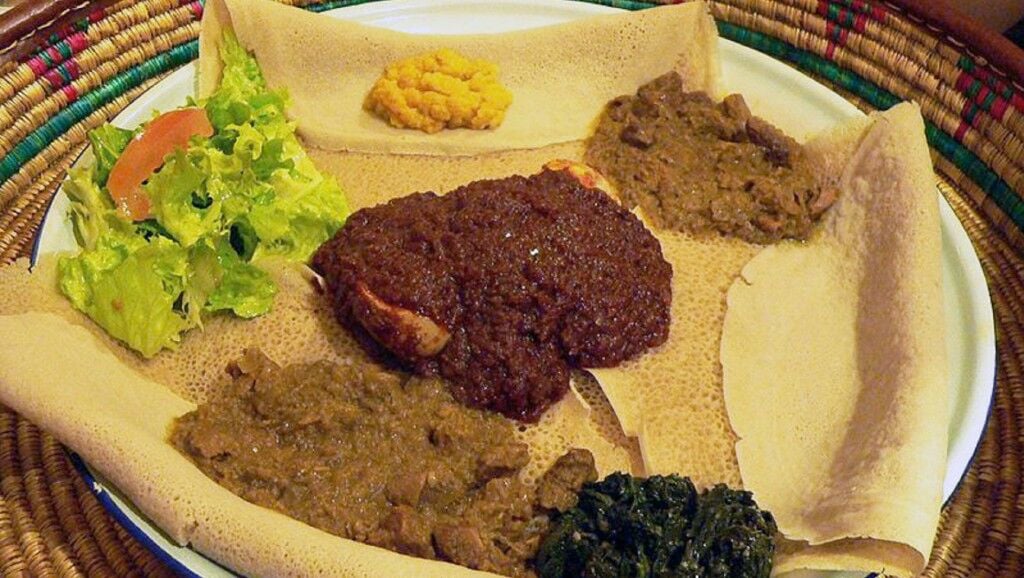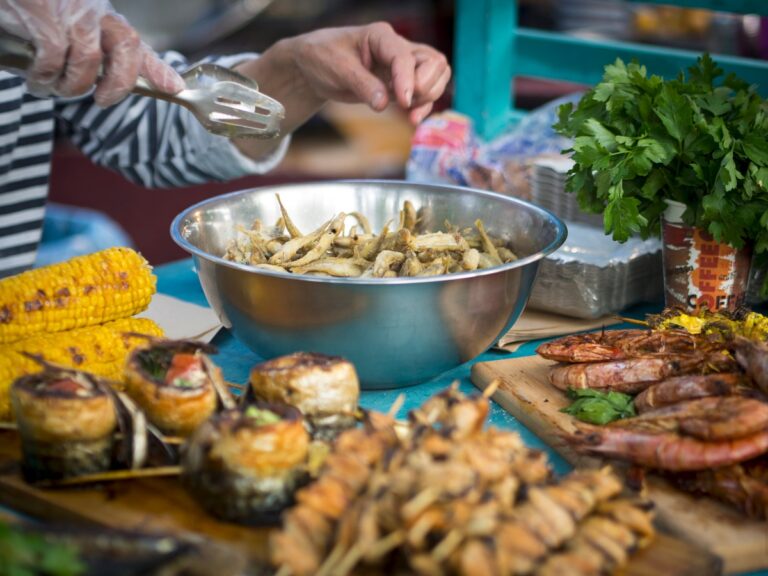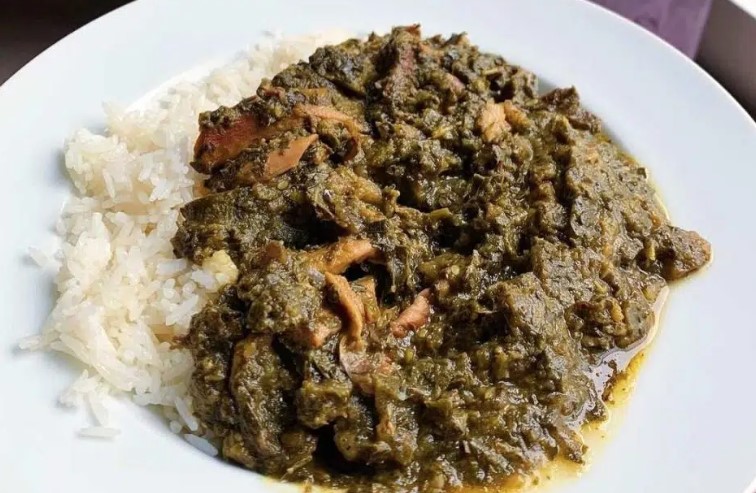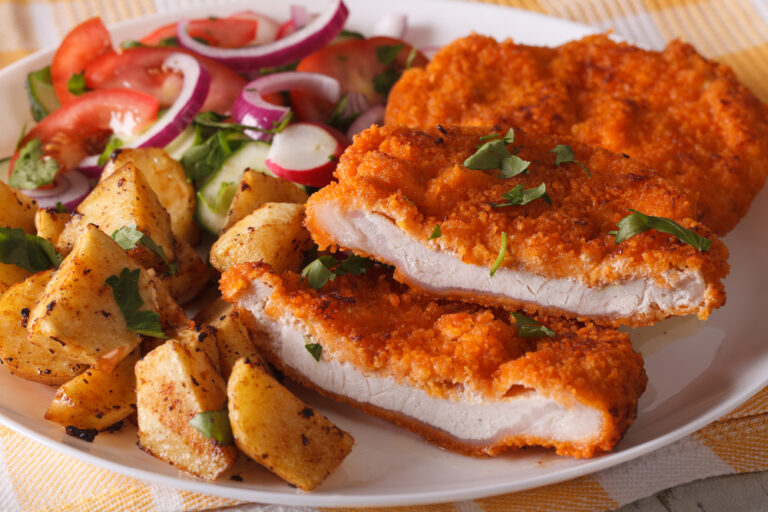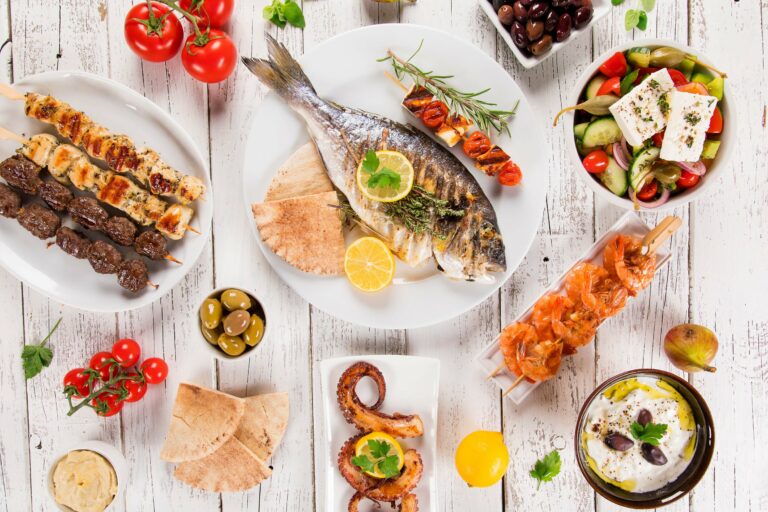Introduction: Ethiopian coffee culture
Coffee is an integral part of Ethiopian culture. Ethiopia is the birthplace of coffee, where it was first discovered in the ninth century. Coffee is deeply ingrained in Ethiopian society and is used as a tool for socialization, spiritual expression, and hospitality. Ethiopia is famous for its unique coffee ceremonies, which are steeped in tradition and ritual.
The origin of Ethiopian coffee beans
Ethiopian coffee beans grow in high altitudes and are known for their rich flavor profiles and distinct aromas. The two main types of Ethiopian coffee are Arabica and Robusta. Arabica coffee, which originates from the southwestern region of Ethiopia, is revered for its high-quality taste and is known for its floral and fruity notes. Robusta coffee, which grows in the eastern regions of Ethiopia, is known for its strong, bold, and earthy flavor.
Processing methods for Ethiopian coffee beans
Ethiopian coffee is produced using both the dry and wet processing methods. In the dry method, coffee cherries are left to dry naturally in the sun, which imparts a fruity and complex flavor. In contrast, the wet method involves removing the outer layer of the coffee cherry and fermenting the beans in water, which results in a cleaner and more acidic taste. After the beans have been processed, they are sorted and shipped to coffee roasters around the world.
Traditional Ethiopian coffee brewing techniques
The most traditional way of brewing Ethiopian coffee is using a jebena, a clay pot with a long neck and a spherical base. The coffee is brewed using charcoal or wood, which adds a smoky flavor to the coffee. During the coffee ceremony, the beans are roasted, ground, and brewed in front of guests, who are invited to participate in the process. The resulting coffee is served in small cups and is often accompanied by snacks such as popcorn and roasted barley.
The role of ceremony in Ethiopian coffee culture
Ethiopian coffee ceremonies are a significant part of Ethiopian culture and are often used as a way to welcome guests or mark important occasions. The coffee ceremony is considered a sign of respect and hospitality, and it is customary to offer coffee to guests, even if they arrive unannounced. The coffee ceremony is also seen as a way to connect with others, and it is often accompanied by music, storytelling, and conversation.
Ethiopian coffee tasting and serving etiquette
In Ethiopian coffee culture, it is important to serve coffee with grace and respect. It is customary to serve the eldest person in the room first, and the youngest person serves coffee last. When drinking coffee, it is customary to hold the cup with both hands as a sign of respect. Ethiopian coffee is often served with sugar, but it is never served with milk.
Grounding and roasting techniques for Ethiopian coffee
Ethiopian coffee is roasted using a traditional method called “hearth roasting,” where the beans are roasted over an open flame. This method imparts a smoky flavor to the coffee and is considered an essential part of the coffee-making process. The beans are then ground using a mortar and pestle, which produces a fine and consistent grind that is perfect for brewing.
Popular Ethiopian coffee beverages and recipes
One of the most popular Ethiopian coffee beverages is macchiato, which is made by adding a small amount of steamed milk and foam to a shot of espresso. Another popular drink is shai buna, which is a spiced tea that is often served during coffee ceremonies. Other popular Ethiopian coffee recipes include coffee cake, coffee ice cream, and coffee-flavored liqueurs. Ethiopian coffee is a versatile ingredient that can be used in a variety of sweet and savory dishes.


